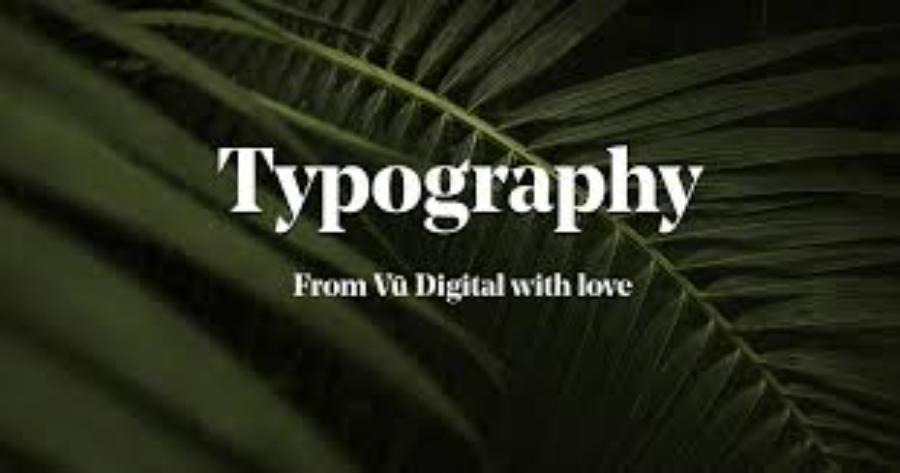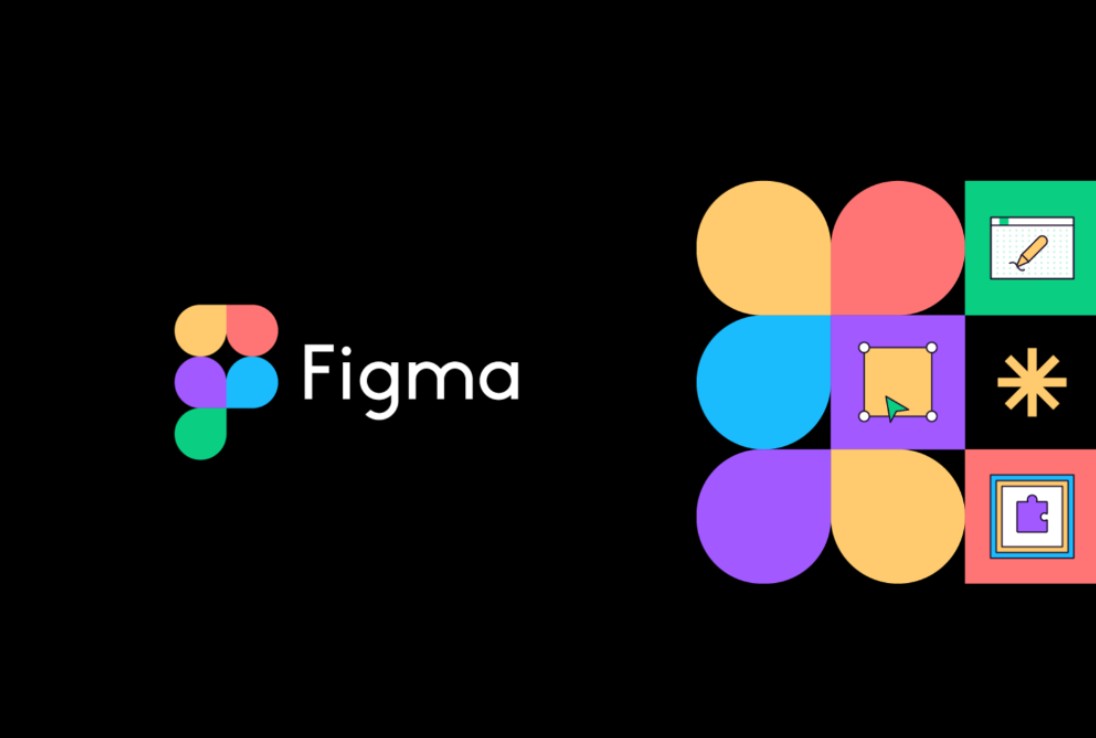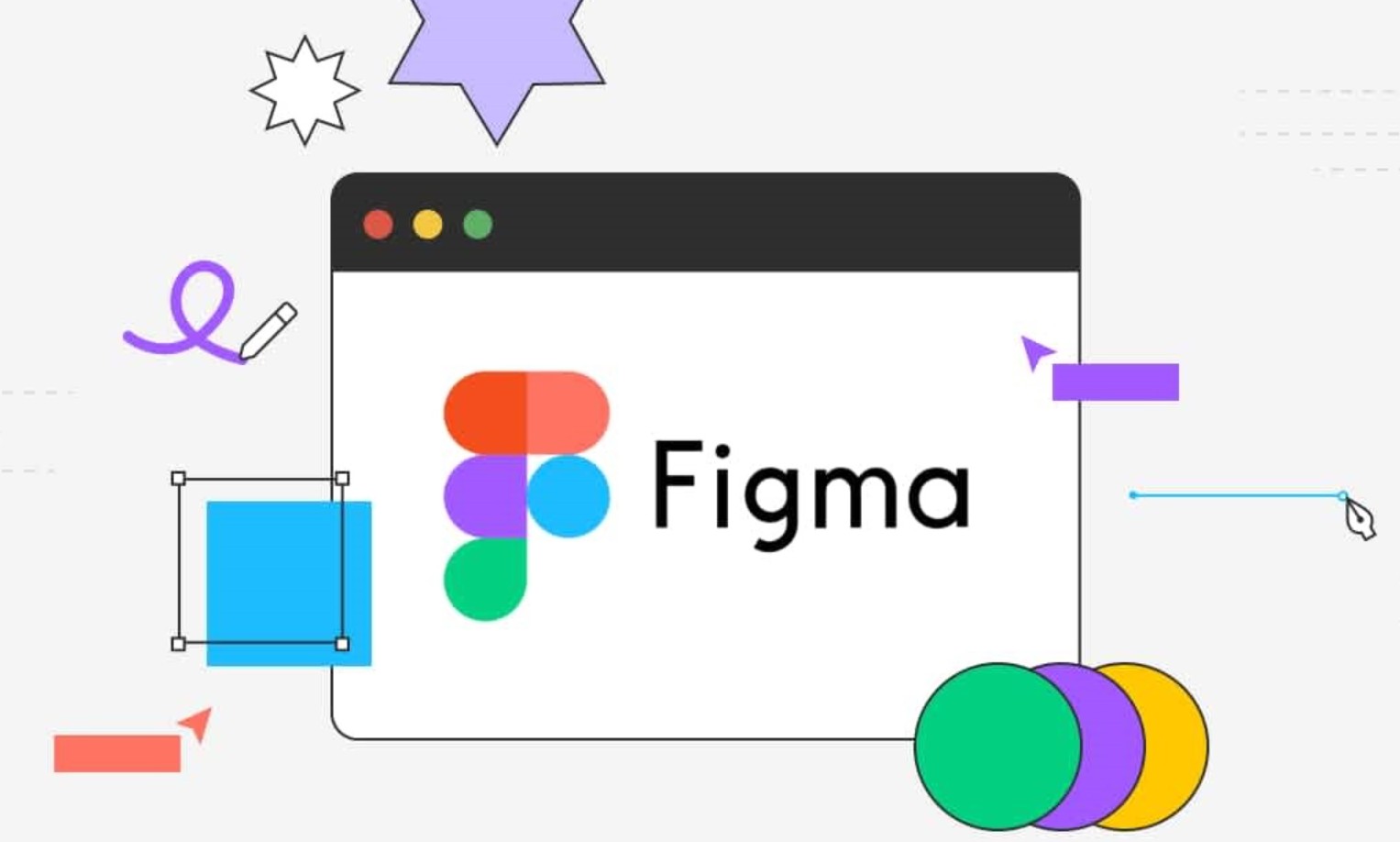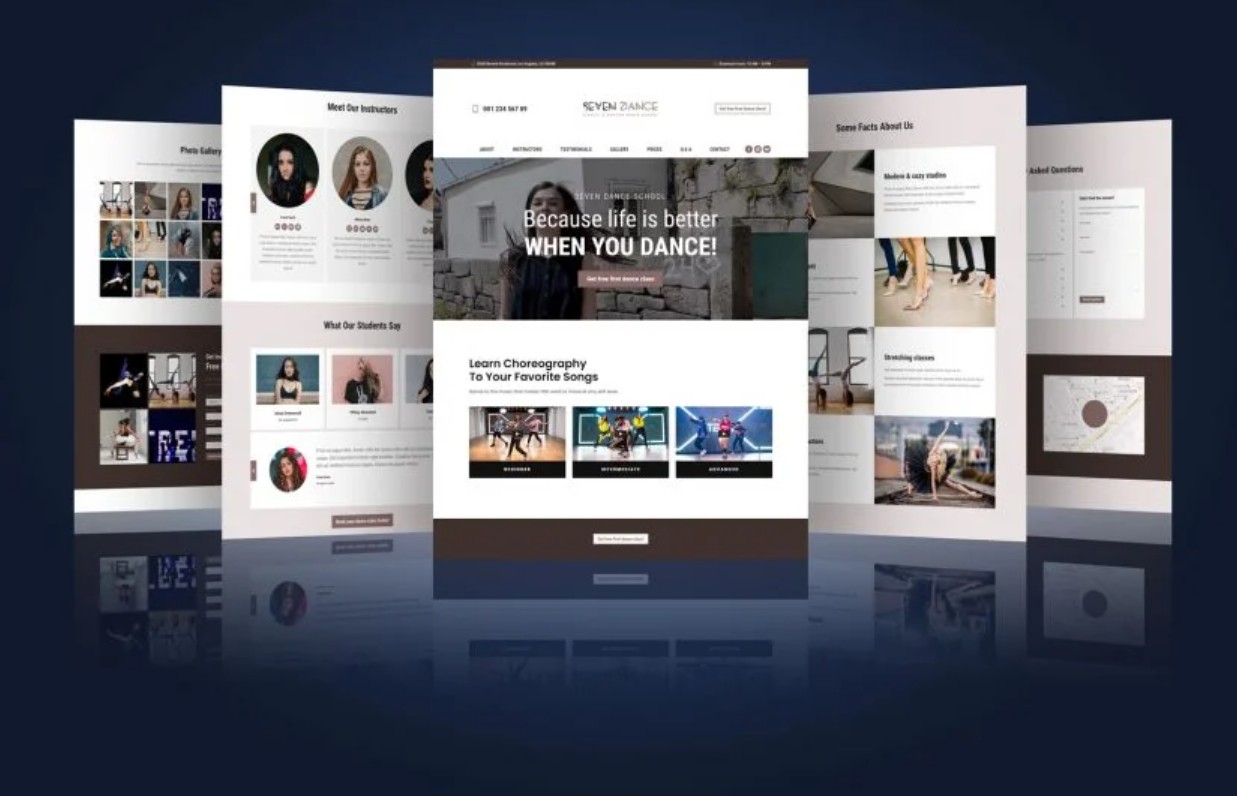Best Selling Products
How to effectively apply Typography in Website design (Part 2)
Nội dung
- 1. The importance of Typography in website design
- 2. Principles of applying Typography in website
- 2.1 Choose the right font
- 2.2 Font size and ratio
- 2.3 Whitespace and text
- 2.4 Proportions and ordering systems
- 2.5. Heading system
- 2.6 How to apply typography in website design: Tracking
- 2.7. Line Length
- 2.8. Kerning
- 2.9 Dimensions
- 3. Conclusion
Discover how to apply Typography in website design to enhance aesthetics, enhance user experience and optimize content delivery.

Typography plays an important role in website design, directly affecting user experience and information transmission efficiency. Using the right typography principles helps the website become more professional, increase aesthetics and retain customers longer.
1. The importance of Typography in website design
Typography is one of the key elements that make a website more eye-catching, intuitive and effective. The choice of font, font size, line spacing and contrast play an important role in helping users easily receive information.
.jpg)
Text Typography Sadesign - 01
Typography plays an extremely important role in website design, not only affecting aesthetics but also directly affecting user experience. Choosing the right font, size, line spacing and text arrangement makes the content easy to read, attractive and conveys the message effectively. Moreover, typography also contributes to building brand identity, creating consistency and professionalism in the website interface. A good typography design not only highlights the value of the content but also enhances interaction, retains users and improves the overall performance of the website. Therefore, designers need to invest time and effort in optimizing typography to achieve the best results.
2. Principles of applying Typography in website
The principles of applying Typography in websites play an important role in creating an effective and aesthetic user experience. Typography not only helps to convey messages clearly but also contributes to building brand identity and creating a professional impression.
When applying Typography, it is important to choose fonts that are appropriate for the content and target audience, ensuring that the font size is easy to read, and that the spacing between lines and characters is appropriate. At the same time, the use of color and contrast should also be carefully considered to increase prominence and visibility. Consistency in the way Typography is presented throughout the website will help create coherence and professionalism, thereby enhancing the overall user experience.
2.1 Choose the right font
The key to using typography on a website is choosing the right font for the content and purpose of the page. Choosing the right font not only enhances aesthetics but also improves user experience, ensures readability and effectively conveys the message. Fonts should reflect the brand style, while considering compatibility across different devices and browsers to ensure consistency.
When designing a website, it is important to choose a font that fits the nature of the brand and the target audience. Serif fonts often create a formal, formal feel, while sans-serif fonts bring a modern, youthful and friendly look.
2.2 Font size and ratio
The principles of typography on websites, especially font size and proportion, play an important role in ensuring an optimal user experience. Font size should be chosen to be easy to read on different devices, while creating harmony with other design elements. The font ratio between the title, main content and sub-sections should be set appropriately to create highlights and naturally guide the viewer's gaze. Proper application of these principles not only enhances aesthetics but also helps increase the effectiveness of conveying messages on the website.
.jpg)
The font size should be large enough to allow users to read easily without causing fatigue. Typically, the font size for main content should range from 16px to 18px, headings can be larger for added emphasis.
2.3 Whitespace and text
The principles of applying Typography in websites play an important role in creating an optimal user experience, in which white space and text lines are two factors that need to be focused on. Reasonable white space helps the website become airy, increases intuition and limits the feeling of darkness. Line-height should be from 1.5 to 1.75 times the size of the text.
White space not only makes content look spacious and easy to read, but also creates visual balance, highlighting important elements on the page. In addition, the arrangement of text, including size, font style and spacing between lines, needs to be designed delicately to ensure aesthetics and the ability to effectively convey messages. Proper application of these principles will contribute to improving the quality of the interface and increasing user satisfaction.
2.4 Proportions and ordering systems
The principles of applying Typography in website design play an important role in creating an effective and aesthetic user experience. Typography in a website needs to be arranged in a clear order, organized in a logical order system to guide users. Use typography hierarchy such as H1, H2, H3 headings for clear hierarchy.
One of the key elements to consider is proportion and hierarchy, which helps organize content in a clear and intuitive way. Using appropriate proportions between font sizes, line spacing, and spacing between elements not only increases readability but also creates visual emphasis, guiding users through different levels of information. A well-constructed hierarchy ensures that important information is prioritized, thereby enhancing accessibility and professionalism for the entire website interface.
2.5. Heading system
In website design, the application of typography plays an important role in creating an effective and aesthetic user experience. One of the core elements of typography is the hierarchy (heading), which helps organize content in a clear and easy-to-understand way. The heading levels (H1, H2, H3...) not only help users quickly access information but also improve the SEO capabilities of the website.
.jpg)
For maximum effectiveness, it is important to choose the right typeface, size, color, and spacing between levels, ensuring harmony and consistency throughout the entire interface. Properly applying a hierarchy not only enhances professionalism, but also enhances the overall user experience.
2.6 How to apply typography in website design: Tracking
Tracking, or the spacing between characters, is an important element in typography in web design. Adjusting tracking appropriately not only enhances aesthetics but also improves user experience by ensuring that content is easy to read and understand.
In web design, tracking should be optimized based on font type, font size, and intended use, to create balance and harmony in the overall layout. Especially with large titles or long paragraphs, managing character spacing delicately will help the content convey the message more effectively, while creating a professional and modern impression for the viewer.
2.7. Line Length
In web design, effective typography plays an important role in enhancing user experience, and line length is a factor that needs special attention. The ideal line length helps ensure that content is easy to read, does not cause eye strain, and helps users focus on the main message.
According to readability studies, a line of text should be between 50 and 75 characters, including spaces. If a line is too long, readers may have difficulty following it; conversely, a line that is too short may disrupt the flow of reading. Therefore, considering the appropriate line length not only helps optimize aesthetics but also improves the efficiency of information transmission on the website.
2.8. Kerning
Kerning is an important element of typography , especially when applied to web design. It is the technique of adjusting the spacing between characters to create balance and harmony in the text. Proper application of kerning not only makes the content easier to read but also enhances the overall aesthetics of the website interface.
In design, pay attention to consistency and subtlety when adjusting spacing, ensuring that each character and word is presented clearly and professionally. This contributes to a better user experience and enhances the effectiveness of the website's message.
2.9 Dimensions
Typography plays an important role in web design, and font size is an important factor that cannot be ignored. Choosing the right size not only makes the content easier to read, but also contributes to a better user experience.
.jpg)
Font size needs to be adjusted flexibly to ensure harmony between elements on the interface, while also being suitable for each type of display device. In addition, using larger font sizes for titles and smaller for content helps to clearly classify information, create highlights and effectively guide users through each section of the website.
Besides, some other important criteria in website design also need to be focused on:
Color: A key element in making text clearer, more attractive, and easier to read. The appropriate use of color not only helps convey the brand message but also creates harmony in the overall design. For optimal effectiveness, pay attention to three important factors: hue, saturation, and brightness.
Alignment: A good alignment system makes your website layout look neat, professional, and easy to read. When text elements are evenly spaced, users can easily access information without feeling overwhelmed.
Contrast: Plays an important role in increasing readability and highlighting the design. Reasonable contrast between text and background helps the content stand out, at the same time creating visual depth, making it easier for readers to receive information.
Text Typography Sadesign - 01
3. Conclusion
Typography in web design is not only an aesthetic element but also helps to orient the user experience. Applying the right principles such as font selection, size, white space and order system helps the website become professional, easily convey the message and attract users more effectively.












































